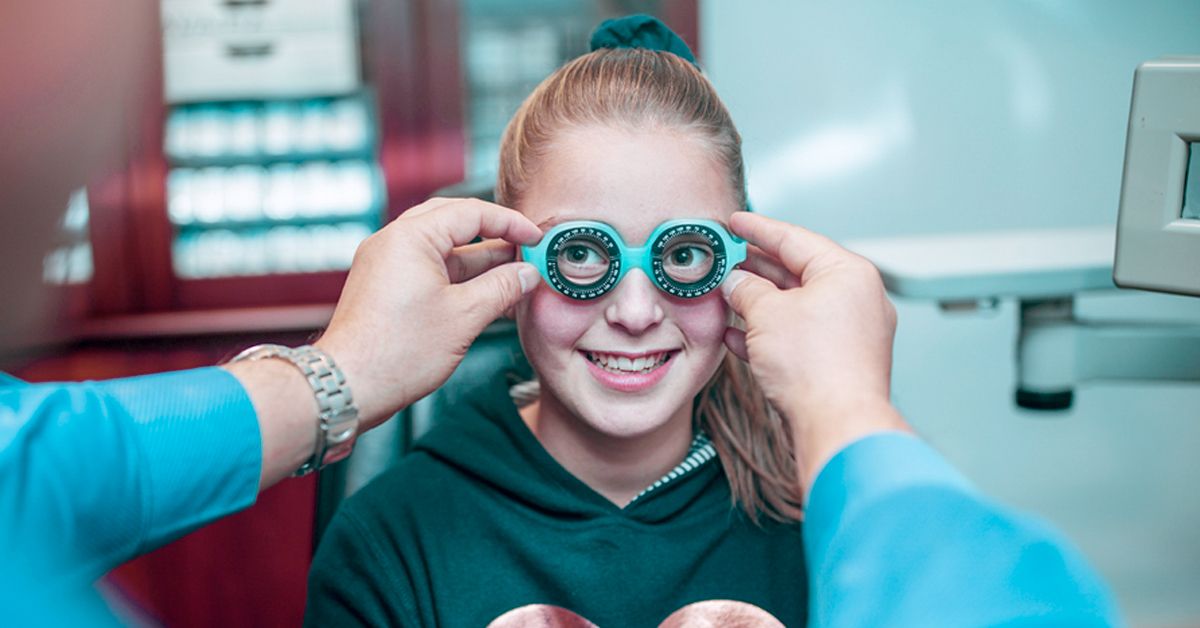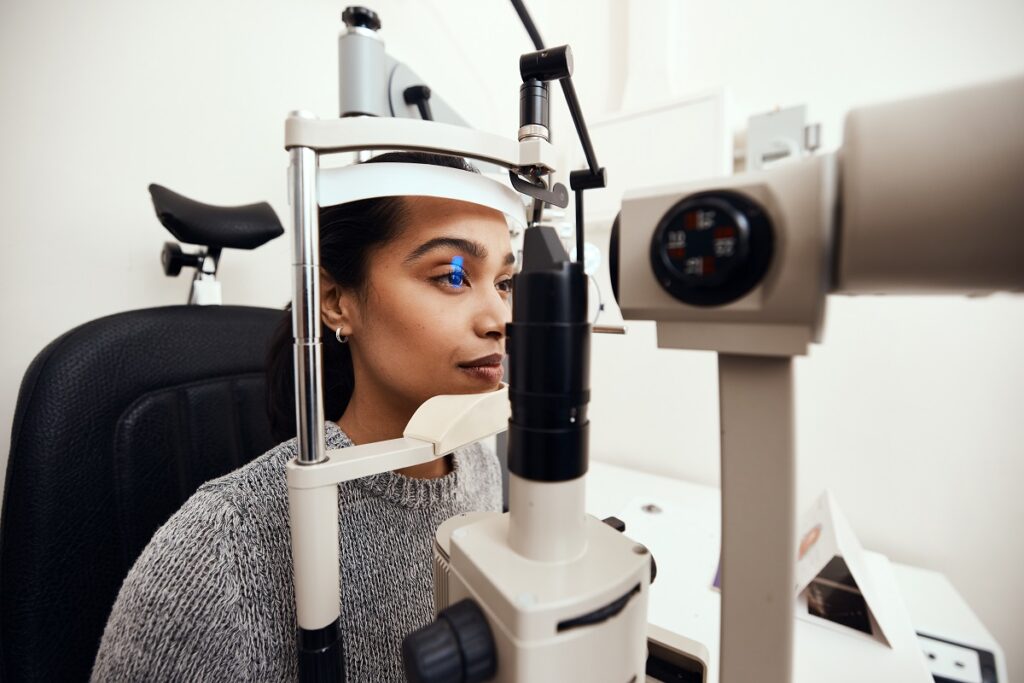Top Factors to Check Out an Optometrist Chino for Your Eye Health
Top Factors to Check Out an Optometrist Chino for Your Eye Health
Blog Article
Discovering the most up to date Technological Improvements in Optometry and What They Mean for Optometrists
In the ever-evolving area of optometry, recent technological innovations are reshaping exactly how experts approach eye treatment. From the accuracy of Optical Comprehensibility Tomography to the nuanced understandings offered by AI-driven diagnostic devices, these advancements are establishing brand-new criteria in client evaluation and treatment. Teleoptometry is poised to redefine accessibility, making sure that knowledge transcends geographical limitations. As these developments permeate the practice, eye doctors are confronted with the challenge of accepting these tools to improve client end results. Yet, the inquiry remains: exactly how will these technological changes redefine the functions and obligations within the career?
Innovations in Diagnostic Equipment
Advancing the area of optometry, developments in diagnostic devices have actually revolutionized the means eye treatment experts assess and identify ocular problems and aesthetic impairments. The previous decade has actually experienced substantial technological improvements, making it possible for more comprehensive and exact evaluations. Optical Coherence Tomography (OCT), for instance, provides high-resolution cross-sectional photos of the retina, enabling for the early discovery of illness such as glaucoma and age-related macular degeneration. This non-invasive imaging strategy has ended up being important in contemporary optometric method.
An additional key technology is the introduction of advanced corneal topography systems, which map the surface area curvature of the cornea with accuracy. These tools are particularly beneficial for fitting contact lenses and diagnosing corneal conditions. Additionally, electronic retinal imaging has transformed typical ophthalmoscopy, using comprehensive, breathtaking sights of the retina that promote detailed aesthetic examinations.
The advancement of wavefront aberrometry has likewise been important, making it possible for the analysis of refractive mistakes with unparalleled accuracy (Eye Doctor). This technology aids in tailoring restorative lenses and enhancing medical results for refractive surgeries. Collectively, these diagnostic improvements equip eye doctors to provide exceptional patient care, making certain early treatment and customized therapy strategies, ultimately improving aesthetic health end results
AI in Patient Management
Structure on the structure of advanced analysis devices, the consolidation of synthetic knowledge (AI) in individual management stands for a transformative jump for optometry. AI systems are progressively utilized to enhance effectiveness, accuracy, and customization in person treatment. By assessing substantial amounts of information, AI can identify patterns and anticipate possible ocular problems, making it possible for optometrists to tailor treatments extra properly. This ability is vital in taking care of chronic eye illness such as glaucoma and diabetic retinopathy, where very early discovery and constant surveillance are vital.
Moreover, AI-driven platforms assist in structured patient communications and management processes. Automated scheduling, digital assessments, and personalized follow-up plans not only improve individual fulfillment but additionally maximize time administration for experts. These systems can triage individuals based on the necessity of their problems, guaranteeing that those in vital demand obtain timely interest.
Furthermore, AI improves decision-making by giving eye doctors with evidence-based recommendations and therapy paths. By integrating data from digital health records, AI tools provide insights that educate clinical choices, lowering the danger of errors and boosting client results. As AI continues to evolve, its role in client monitoring will likely broaden, improving the landscape of optometric treatment.
Advances in Retinal Imaging
In the realm of optometry, retinal imaging has actually seen impressive technological improvements that are boosting analysis capacities and client treatment. Developments such as Optical Coherence Tomography (OCT) and fundus photography have actually revolutionized how optometrists analyze the retina and picture. OCT, particularly, gives high-resolution, cross-sectional pictures of the retina, allowing for the in-depth examination of its layers. This ability is invaluable for very early discovery and monitoring of conditions like glaucoma, diabetic retinopathy, and age-related macular deterioration.
Improved imaging techniques like OCT angiography are additional refining analysis accuracy. Optometrist Chino. Such developments promote the identification of min retinal modifications that might represent illness development.
In addition, improvements in expert system are boosting retinal imaging by making it possible for automatic evaluation of large datasets. These systems assist eye doctors in determining patterns indicative of pathology, therefore enhancing analysis accuracy and efficiency. Collectively, these innovations are changing retinal imaging into a cornerstone of modern-day eye treatment, enhancing end results and increasing restorative opportunities.
Teleoptometry's Growing Role
Teleoptometry is increasingly becoming a crucial part of eye treatment, driven by improvements in electronic communication and analysis devices. This is particularly useful in underserved and country areas where access to specialized eye treatment is often limited.
The assimilation click here now of synthetic intelligence (AI) further boosts teleoptometry, making it possible for the evaluation of aesthetic data and aiding in the discovery of ocular problems such as glaucoma and diabetic person retinopathy. AI-powered algorithms can quickly analyze complex imaging data, providing eye doctors with beneficial understandings that strengthen clinical decision-making.
Additionally, teleoptometry supports continuity of care through seamless integration with electronic health documents (EHRs), permitting eye doctors to maintain extensive client backgrounds. This makes sure that clients obtain her latest blog constant and individualized treatment even when speaking with different experts.
In spite of these advantages, difficulties remain, consisting of making certain information security and taking care of client expectations. Teleoptometry stands for a significant stride in the direction of even more obtainable, effective, and patient-centered eye treatment. As modern technology progresses, its role is positioned to expand even more.

Future Trends in Eye Care
A myriad of innovative trends is readied to improve the future of eye care, driven by technological improvements and the advancing needs of clients. One substantial pattern is the assimilation of artificial knowledge (AI) in diagnostics, which promises to improve the accuracy and performance of eye evaluations. AI algorithms can examine huge quantities of data from retinal pictures, possibly detecting problems like diabetic retinopathy and glaucoma earlier than standard approaches.
Additionally, customized medication is acquiring grip in optometry, with genetic screening informing personalized treatment plans. This approach intends to optimize person outcomes by customizing interventions to private hereditary profiles. Wearable innovation, such as wise call lenses, is likewise imminent, supplying real-time surveillance of intraocular pressure or sugar levels, therefore offering continuous insights right into eye and systemic health and wellness.
The adoption of increased reality (AR) and online reality (VIRTUAL REALITY) in training and patient education is an additional emerging pattern. These technologies offer immersive experiences that can enhance understanding and skills both for clients and optometrists. As these trends evolve, eye doctors must stay abreast of technological advancements to give sophisticated care, making sure improved individual end results and satisfaction in the vibrant landscape of eye care.
Verdict

Jointly, these analysis advancements equip optometrists to provide superior patient care, making sure early intervention and tailored treatment methods, ultimately improving aesthetic health and wellness end results.

As these innovations proceed to develop, eye doctors have to adjust and include them right into technique, inevitably maximizing process effectiveness and raising the standard of eye care delivered to clients.
Report this page